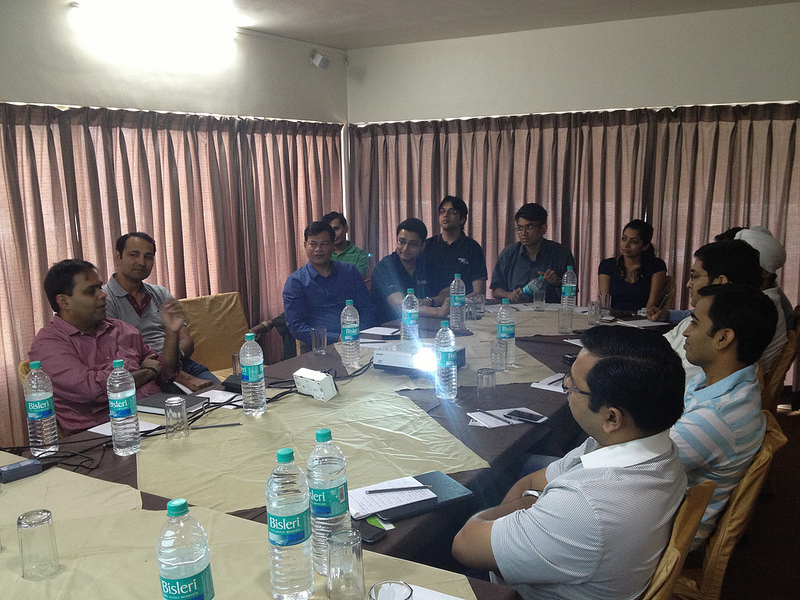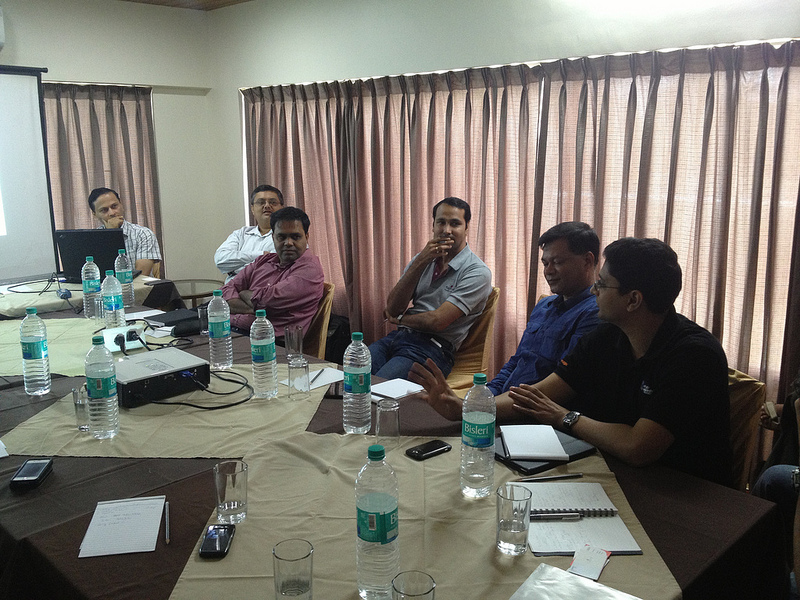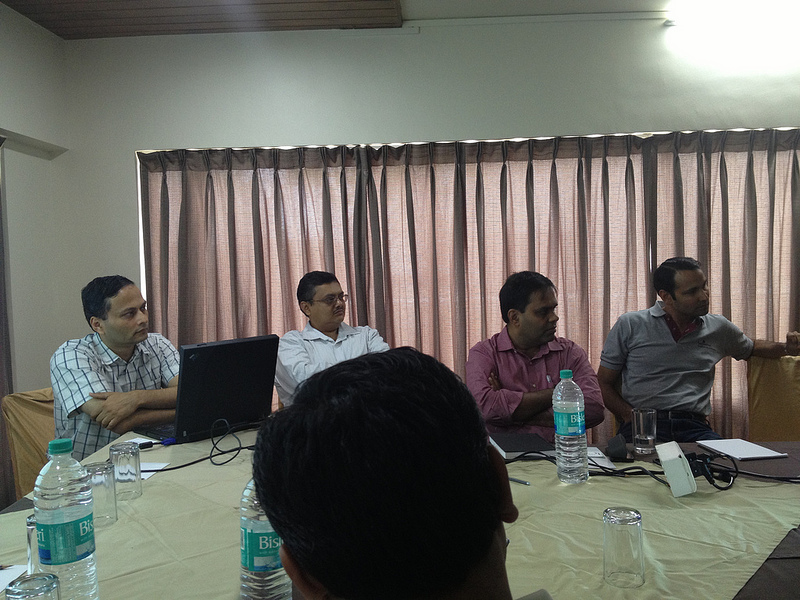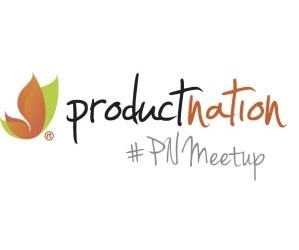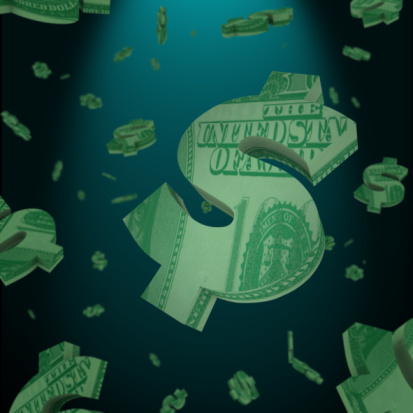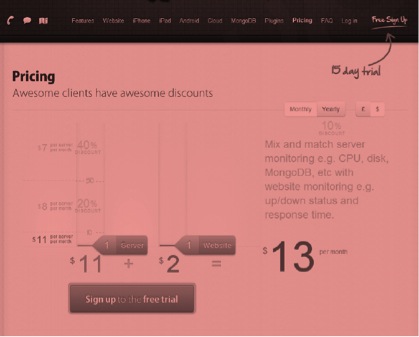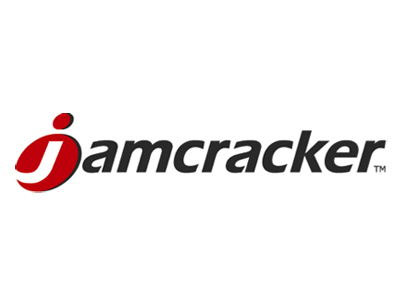I wish it was mathematical. But it isn’t. There are unlimited combinations when building a story. That’s what makes it so much fun to consume – you never know how the storyteller tells it…
So instead of giving you tips in a bulleted format – let’s build a script together.
What we know (or must know) before we start:
- This is for a 60 sec pitch video about a product called Glitch from Triton.
- They sell to Hotels. Their audience is clearly marked out.
- What the product does has been clearly documented.
- We need to bring out a call to action so they visit the product website.
- We are selling to Hotel people – they don’t have time to consume long form content – so the video should not be soggy and heavy – it should be light and brief. This means no more than 2-3 propositions.
STEP 1: Start with a problem
” Guests want something – you deliver. Its simple. But when this doesn’t happen – your guest will get upset and then…. she’ll tell the world about it. The last thing you’d want is to read about such episodes on Social channels. “
Your product may solve many problems – choose only ONE to start with. Choose the problem that’s closest to your customer’s customer. Your customer cares about that.
As you can see, we get to the problem quickly. The script doesn’t teach anyone. It just sketches out a scenario that will happen when the problem arises – customers will crib about your hotel’s service.
So here’s the first tip:
TIP#1 – Get straight to the problem. Don’t beat around the bush.
The easiest way to do that is to think like a customer and ask yourself – WHY MY FEATURE. Think what makes sense for you (you’re wearing the customer hat mind you). Think about that exact problem it solves. And then write that problem in simple words. Be direct and obnoxious if you have to – we’ll soften it later.
STEP 2: Lets talk about our product a little
” There’s an easier way. Triton’s Glitch. Glitch alerts you when something has gone wrong in the service. And what you had to give up to … well… sort it out…. “
Part 2 of the script talks about the product. But not too much. We’re just making an overarching comment about the product. This is the main proposition or a product ‘tagline’ if you will.
Tip #2 – Resist the urge to start talking about features here. Instead – make an overarching statement that comprehensively explains the product.
This is around the 20 second mark. This is the time your audience will make a decision if this problem-solution pair interests them or not.
Tip #3 – To optimize your video – ensure that the bucket personas as close to each other as possible. In every way…
If you know what fish are in the river – you’ll be more successful in fishing. That’s because you won’t need to change the hook after every catch – you can just add the bait and cast your line again with the same hook.
STEP 3 – Explain the feature a bit
” Whenever a service breakdown happens – all departments are instantly alerted and the right manager meets the upset guest, apologizes and offers a compensation. “
We’re going to show how the tool will work. We’re being absolutely real. This happens and then this happens and then this happens.
Tip #4 – use real cases where your customer has benefited and use that as the central pivot to build a story. This is another technique of writing a script – where you start with a situation and come back to the overarching product tagline.
STEP 4 – play the second trump card
“What you get at the end of the day are clean reports that mark out repeated service breakdowns and compensations spent on them – across multiple properties.”
We play our second trump card – a business benefit around data. We’re telling the hotel people that they can track and audit their expenses. No business likes to lose money and we chose to work around that sentiment when writing this line.
Tip #5 – sometimes your product may not have a ‘reporting feature’. In this case – try to bring out another feature or proposition. For eg. – X-app can also send you instant alerts…, Y-cloud will immediately shut down ports…, Z-service will raise a ticket… This is the second trump card.
STEP 5 – Wrap it up
“No wonder a renowned Hotelier claims 18% jump in guest satisfaction scores since they implemented Glitch. Check it out today.”
We use some of our customer conversations and pick out a data point that one of the customers mentioned. This brings a reality check to the audience about the 2 claims we made earlier – step 3 and step 4.
Tip #6 – Nothing convinces like data. Use as much data as possible in your stories. Avoid fairy tale endings and princesses and frogs.
Tip #7 – Though I just said don’t use fable characters – one of the techniques is to start a story with a misdirection. So use these animals to start stories – not to end them.
– – – – – – – – –
Here are 3 criteria I consider when evaluating a script:
- Is there any humor in the first 20 seconds. If the script doesn’t have humor – animation should. Or the screenplay. Or the audio – something must make the audience smile.
- After reading the script till the end – I should be able to recollect the first line of the script – without having to go back to the script. This means the script is light and catchy enough for my mind to be able to recollect what I read a few seconds ago. The information ‘stack’ on me is small enough for my mind to register and remember.
- Word limit and sentence size. No more than 150 words and as small sentences as possible.
– – – – – – – – –
Together now – this is the script in its final avatar.
” Guests want something – you deliver. Its simple. But when this doesn’t happen – your guest will get upset and then…. she’ll tell the world about it. The last thing you’d want is to read about such episodes on Social channels.
There’s an easier way. Triton’s Glitch.
Glitch alerts you when something has gone wrong in the service. And what you had to give up to … well… sort it out….
Whenever a service breakdown happens – all departments are instantly alerted and the right manager meets the upset guest, apologizes and offers a compensation.
What you get at the end of the day are clean reports that mark out repeated service breakdowns and compensations spent on them – across multiple properties.
No wonder a renowned Hotelier claims 18% jump in guest satisfaction scores since they implemented Glitch. Check it out today. “






